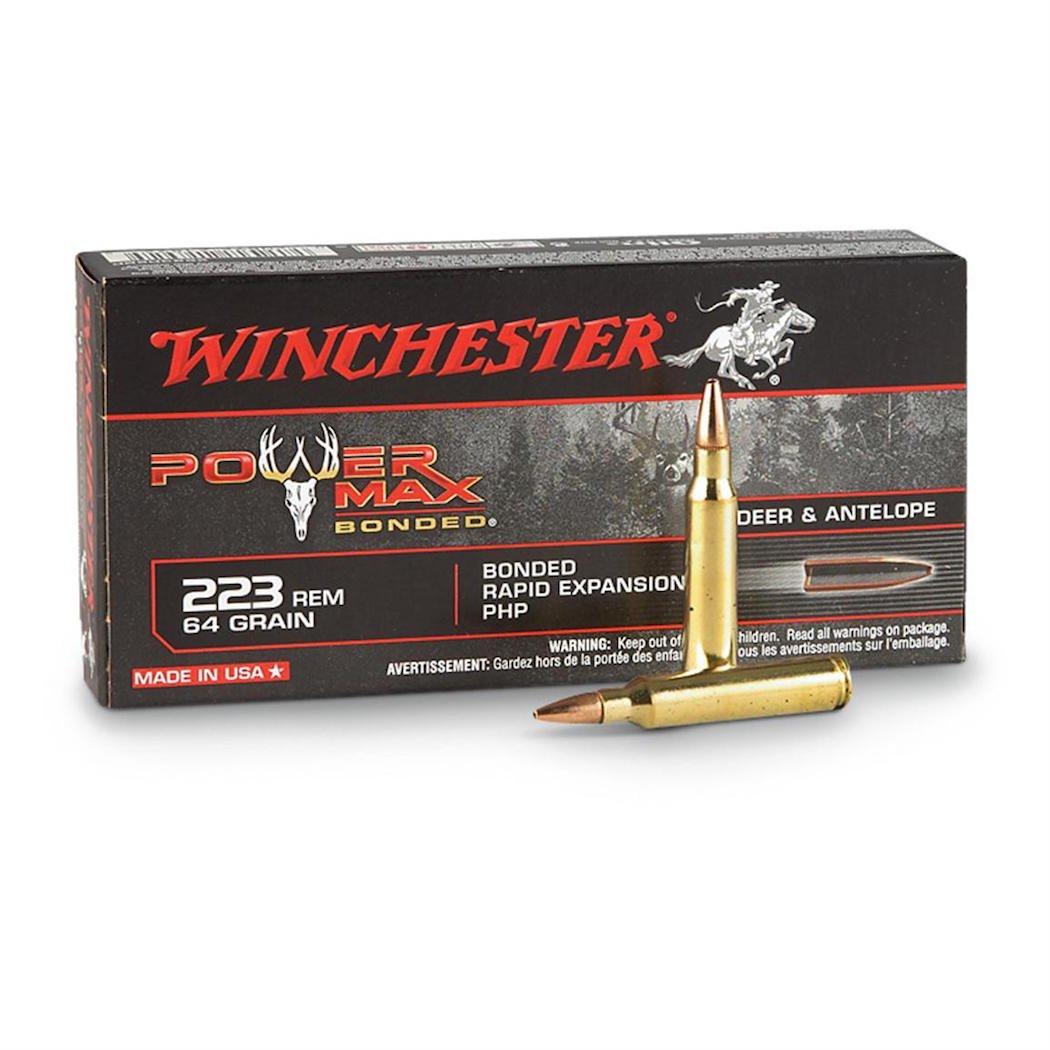There are many different types of fishing, yet which is the most effective? In this guide, we will explain everything you need to know about fly fishing, including whether you will catch more fish and how to catch as many fish as possible. We believe that fly fishing can be one of the most productive forms of fishing.
One of the unique things about fly fishing is that every detail of your cast can be customized to specifically target the sort of fish you’re aiming for. You can utilize a general-use fly rod, or you can opt to purchase a rod that has been designed to assist you in specific ways. Combined with the endless amount of techniques and combinations it gives you the most optimal approach at catching large amounts of fish.
What is fly fishing?
Before we delve deeper into fly fishing and just how effective it is, it is essential to explain what this method involves. When fishing via traditional means, a cast is made that will use some sort of bait or lure, which is attached to the end of the line. The line is typically one of the newer braided lines or a monofilament.
One thing that is noticeable about this type of setup is that the line is a lightweight and very thin material, with the bait or lure being the heaviest part. This makes it so that when the cast is let loose, your bait or lure is what will carry momentum through the air, trailing the lightweight line behind.
Now, if you were to cast an object that was light in weight, you would have noticed that making the cast go very far is a challenge! In all traditional types of fishing, it is the weight of the lure that is vital.
Traditional Lure Casting Method
If you have ever seen someone fly cast, you will have probably noticed some distinctive differences between traditional lure casting and fly casting. Specialized fly fishing equipment is used by the angler to achieve this cast. This includes a purpose-built fly rod, as well as fly, tippet, leader, and a fly line.
The main difference when it comes to fly casting is that the artificial flies utilized to catch the fish are very lightweight. Even when you use much larger flies for pike or bass fishing, the weight is going to be minimal when compared with traditional bait, such as casting a spinning lure.
Fly Casting Method
With this approach, the key to getting the fly out to where the fish are is with the right fly line. In this casting method, the fly line is the weight. Through the use of a casting method that enables the fly line and the fly roof to work in unison, the weight of lined is utilized for carrying the fly out in front of you through the energy being transferred that has been built up in the line, down through the line, and out toward the end of it.
The most important aspect of fly fishing is knowing how to fly cast. There are some specific techniques in fly fishing that are not going to need much casting. However, the vast majority of what you will do in fly fishing will incorporate casting.
So, now let’s get into fly fishing and what it actually is. This revolves around the presentation of an artificial lure called a fly to a fish, which will typically imitate some sort of insect. This is the basic concept of fly fishing. The aim here is attempting to mimic the natural food base for a fish, getting them to take the fly. You are mostly trying to trick the fish.
The flies that you use for this can vary to insects that live under the water’s surface to those that float on the surface, from caddis to mayflies. Different approaches to fly fishing are required based on the type of fly you use. Some of the materials that tend to be used are as follows:
- Feathers from birds, such as pheasants and ducks
- Hairs and furs from animals, like moose, elk, deer, muskrats, and beavers
- Wires, tinsel, and other types of ribbing materials
- Tungsten beads, brass, and glass
- Artificially created synthetic materials
The Main Differences Between Spin Fishing and Fly Fishing
In order to give you a true reflection of the differences between spin fishing and fly fishing, we have put together the main differences in a table below.
Differences
Spin Fishing
Fly Fishing
Lures vs. flies
Spin fishing utilizes heavier lures, which frequently imitate fish.
Fly fishing uses flies – including streamers, emergers, nymphs, and dry flies – to imitate all of the different types of food that fish feed one.
Rod type
Spin rods are used. They are heavier lines, which are cast monofilament lines that have a single cast.
Fly rods are used. These use false casting to cast the line, which is lightweight.
Lakes vs. rivers
Spin fishing tends to mainly be done on Stillwater.
Fly fishing tends to be done on moving water. However, it can also be done on Stillwater as well.
Line type
A monofilament line or another sort of line is used to cast lures that are heavier and do not require a heavier line to cast.
To cast the lightweight flies, a fly line, tippet, and leader are used.
Presentation
Spin fishing works effectively when imitating crawdads or baitfish. They are presented in the water at all depths, after which they are retrieved and then brought to you.
Fly fishing enables you to have a stealthier and upstream presentation. When you are fly fishing, you can also work in tighter quarters.
Some other differences do exist between the two types of fishing. However, we hope that the table above will help you to clearly understand the main differences between the two.
Does Fly Fishing Catch More Fish?
While each of the fishing styles is different, they all offer unique advantages in specific situations. However, there are a number of reasons why people believe that you can catch more fish with fly fishing, so let’s take a look at them below…
You can customize your fishing experience.
One of the unique things about fly fishing is that every detail of your cast can be customized to specifically target the sort of fish you’re aiming for. You can utilize a general-use fly rod, or you can opt to purchase a rod that has been designed to assist you in specific ways.
Once your rod has been personalized, this gives you the ability to customize your line. The weight, style, and length can be adjusted. This means your line is going to more significant meet your needs; you can amend the tippet and the leader. With fly fishing, you can quickly achieve a shorter or longer leader.
When it comes to tippets, there are several different styles of tippets that can be utilized with your line. The leader and the tippet are utilized so that the line is virtually invisible to the fish. They also make it a lot easier for the flies to be attached and detached from your line, enabling easy and quick transitions between casts.
One of the most customized parts of fly fishing is the flies. There are a number of different flies that you can buy that can help you with attracting the sort of fish you want to catch. You can do some research, watch your surroundings, and tie your own flies. This means that your fishing experience is ultra-customized, and it also means that you are going to be able to increase your chances of catching as many fish as possible.
The fly is delivered to the fish in a manner that is inconspicuous
Aside from the benefits that have been mentioned so far, there are a number of other advantages that are associated with fly fishing that tend to make it more beneficial. This includes the fact that the fly is delivered to the fish in a manner that is inconspicuous when the cast is done properly. The fly will be cast against the current, and then it is allowed to drift for a distance, in the same manner, that a typical bug falling into moving water would. Your goal here is to make sure the fly is delivered in a manner that the fish does not think there is something unnatural about it. If you are able to fool them, they will take a bite on the line.
You can catch a wide range of species
Last but not least, another reason why people believe you can catch more fish with fly fishing is that you will be able to catch all types of species. This includes bluegills, bass, trout, and many more.
Some of the main species of fish that fly fishing are successful with are as follows:
- Bonefish
- Tuna
- Tarpon
- Carp
- Panfish
- Bass
- Pike
- Salmon
- Grayling
- Trout
How to catch even more fish with fly fishing
As discussed, there are a lot of different characteristics that are associated with fly fishing that result in it being more successful than conventional fishing. However, this is only going to be the case if you get your technique down. With that being said, below, we are going to reveal some of the different tips that you can use in order to catch more fish with fly fishing.
Watch the bugs
The first step you need to take when fly fishing is to be observant and watch the bugs! Before you begin to cast away, you need to pay attention to the bugs that are near the water or on the water. Take a look at what kind of bugs the fish are eating. By doing this, you will be able to determine what sort of fly is going to be the most effective and result in you catching the most fish. You also need to think about what trout could be eating under the surface of the water. Try some of your wet flies or nymphs that match the most common underwater snacks. Simply choosing a fly without thought is not the way to go if you want to catch as many fish as possible while trout fly fishing!
Test the length of your leader
The next tip to ensuring you catch as many fish as possible when fly fishing is to test the leader’s length. Depending on the technique and fly you use, you may want either a shorter or longer leader length. For wet or dry flies, try using a longer leader. This should be anywhere between 12 and 20 feet. A shorter leader is going to be more beneficial if you are utilizing a streamer, so go for something between seven and eight feet. It is more than okay for you to try out different lengths on your leader so that you can figure out which is going to be the most effective for you and the fish you are trying to catch.
For more information on leader length check out our full article here:
Approach fish carefully
When you are stalking fish, make sure you approach low and make the most of any cover that you can, for example, bushes and long grass rushes. If you can, make sure you keep a low profile, especially when you are on a high bank with the skyline behind you. Remember, when a fish is deep, it is going to be able to see you from further away than fish that are close to the surface. This is because of the way in which fish see. They have an impeccable vision. They have the ability to uniquely adapt their vision to distinguish predators and locate food. This is why you need to do everything in your effort to blend into your surroundings. You may not think so but wearing bright clothes is only going to lower your success rates.
Walk softly and be as quiet as possible
Once you are in pole position, it is important to walk softly and to be as quiet as possible. This is something a lot of people take for granted. Nevertheless, fish are as sensitive to vibration and noise as they are to visual warnings. If you walk softly on the banks of the river and you try to wade as quietly and slowly as you can, you will definitely notice better results. Of course, trout don’t have ears, but what they do have is lateral lines that they use for detecting vibration and movement in the surrounding water.
Avoid overcasting to the fish
This is one mistake we see a lot of people make when it comes to fly fishing. Catching a fish does not always demand that you use a long cast. After all, you never know what fish could be right in front of you, do you? Before you attempt to catch any fish that are further away, make sure you check the area close to you. Not only do you never know what sort of fish are going to be near you, but it is going to be a lot easier for the hook to be set from a shorter distance rather than one that is far away.
Use the entire rod
Another tip that is important when it comes to fly fishing success is to use the full rod. A lot of fishermen think that they are more likely to win a fight against a fish if the rod is as straight in the air as possible. However, the outcome is not usually a positive one when this happens. Instead, the line either breaks, or the rod does. Instead, you should make sure your rod is nearer to a 45-degree angle instead. This will mean that you are not just using the tip of the rod; you are going to be using the entire rod. When it comes to fighting a fish, it is not all about strength. In fact, it is skill that is most important.
Stay safe
We also have to stress just how important it is to stay safe! After all, if you hurt yourself, you are not going to be able to catch as many fish as possible, are you? There are lots of different steps that can be taken here. For example, you need to wear a hat and some sunglasses so that your eyes are protected. When spotting fish, premium quality polarized sunglasses are always going to provide you with help. Plus, only wade if you need to, and make sure you are always careful when you do. Use a wading belt as well; this is a must.
Cast from your elbow and wrist
Last but not least, our final tip when it comes to getting your technique right in order to catch as many fish as possible is to make sure you cast from the elbow and wrist. A good cast does not mean that the whole arm must be utilized. Instead, it focuses more on the movements of your wrist. Your wrist needs to be straight, yet it should also be relaxed. It is the rod that needs to be doing the vast majority of the work for you. It takes a lot of practice in order to get the perfect cast. Therefore, the best thing that you can do in this regard is to practice, practice, and practice some more!
More Fish, and More Consistent Results
Not only do you have the potential to catch a greater number of fish with fly fishing but you can expect more consistent results as well. This comes down to the tactics that are involved in fly fishing. When you are spin fishing, the lure, whether it is biological or artificial, is put into the water’s depths in order to try and allure the fish into biting it. The lure needs to look like a source of food in order to tempt the fish so that they bite it. Some people have stated that the fish need to be in a certain type of feeding mood in order for this type of fishing to be successful.
When it comes to fly fishing, the end goal is to try and trick the fish into biting a fly that looks like one of their food sources. This can be a fly, as mentioned, or another type of aquatic insect. This is done on top of the water, at the bottom or anywhere that the fish are feeding. The key here is to try and mimic the natural behaviors of the food source as closely as possible, so that is presented in a way that fools the fish and they take the bait.
If you have ever tried fishing before, you will have probably experienced the instance whereby your lure is presented and the fish end up being spooked on the impact of the lure entering the water. This is something that does not happen with fly fishing because the presentation is on the water and above the fish. Because of this, you are unlikely to spook the fish, and this is how you end up with results that are a lot more consistent.
Other Reasons Why Fly Fishing is More Productive
Aside from being able to catch a greater number of fish, because you can personalize your fishing experience, there are a number of other reasons why fly fishing is considered better than spin fishing, and so we are going to take a look at these below.
You will enjoy the experience
Not only can you customize your fishing experience to ensure you catch more fish but there is no denying that fly fishing is much more experienced orientated as well. There are more factors that go into fly fishing and a lot of different things that need to be considered. This is why fly fishing is more fun. It can also be more challenging and more practice is needed in order to get it right. However, isn’t this what the thrill of fishing is all about?
It’s extremely rewarding
The former
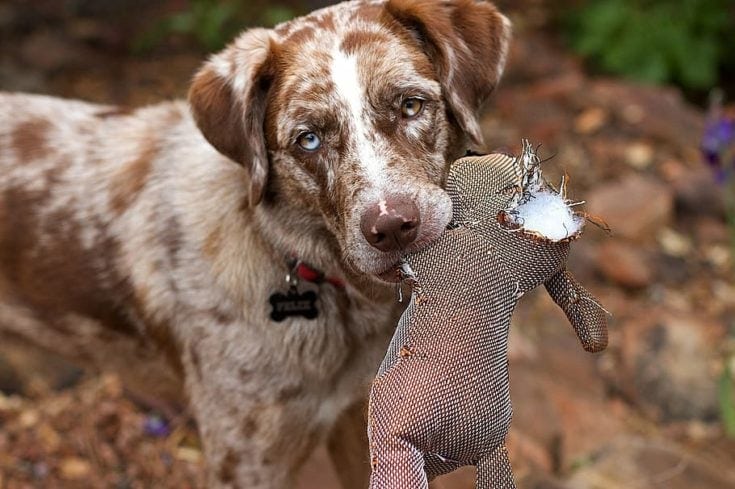


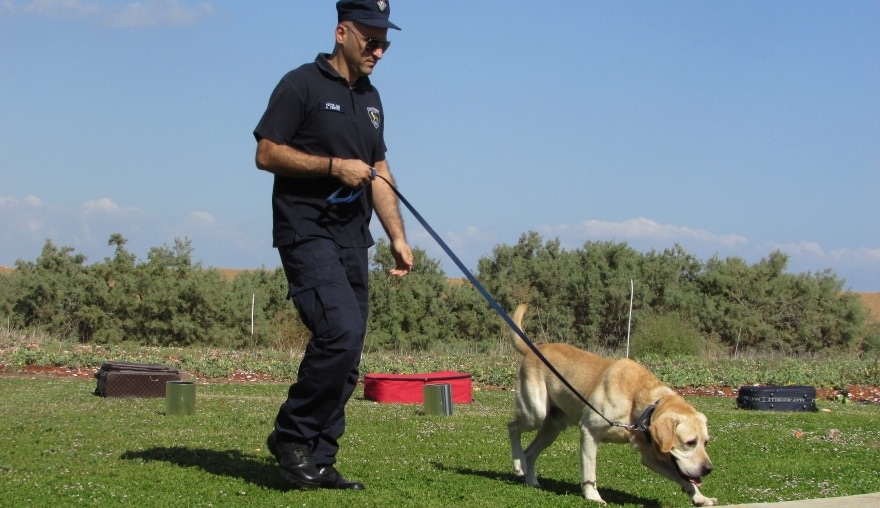

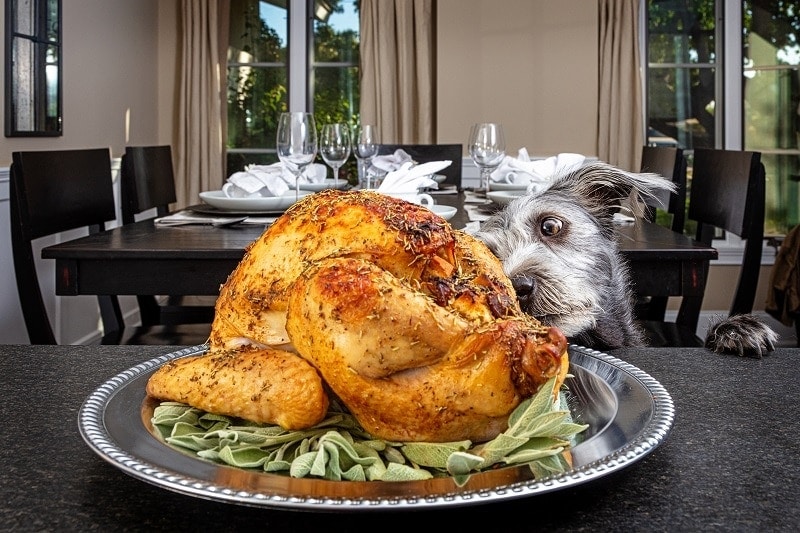









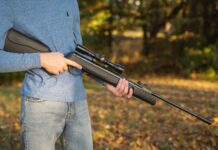































 6.5 Grendel next to a standard 5.56mm round
6.5 Grendel next to a standard 5.56mm round

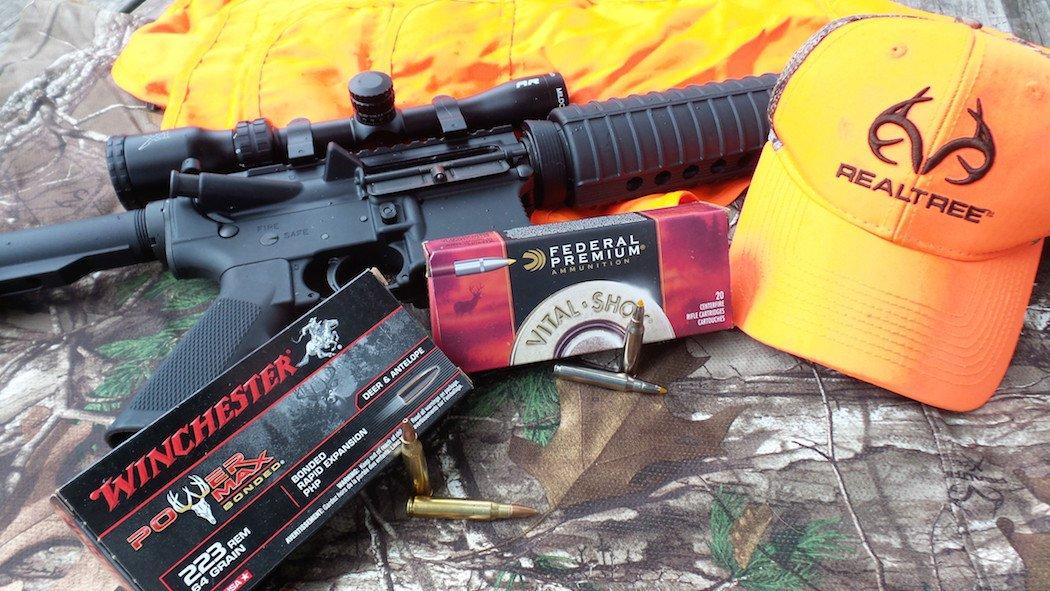
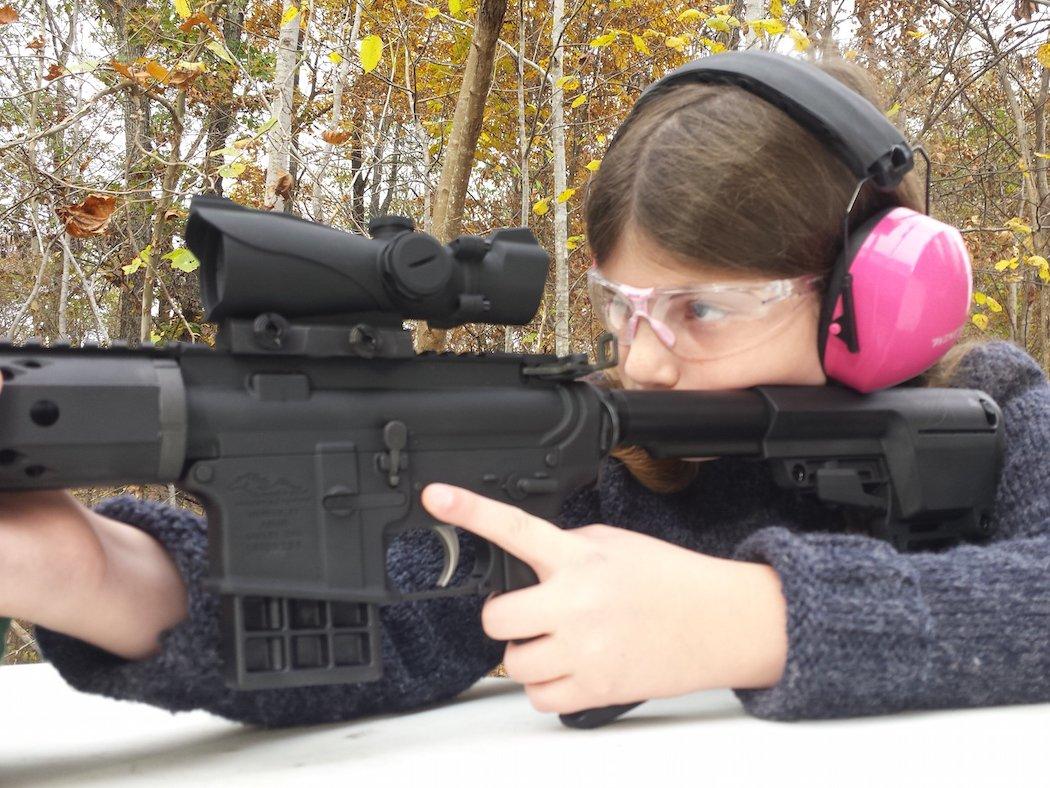 That popularity has spawned a number of larger caliber choices for AR-15 rifles. Bullet diameters ranging from 6.5mm all the way up to .450 are now mainstream. Some of the most popular include the .300 Blackout, the .450 Bushmaster, and the 6.5 Grendel. Rifles and ammo for all of these are readily available and they all do a great job on deer-sized game.
That popularity has spawned a number of larger caliber choices for AR-15 rifles. Bullet diameters ranging from 6.5mm all the way up to .450 are now mainstream. Some of the most popular include the .300 Blackout, the .450 Bushmaster, and the 6.5 Grendel. Rifles and ammo for all of these are readily available and they all do a great job on deer-sized game.